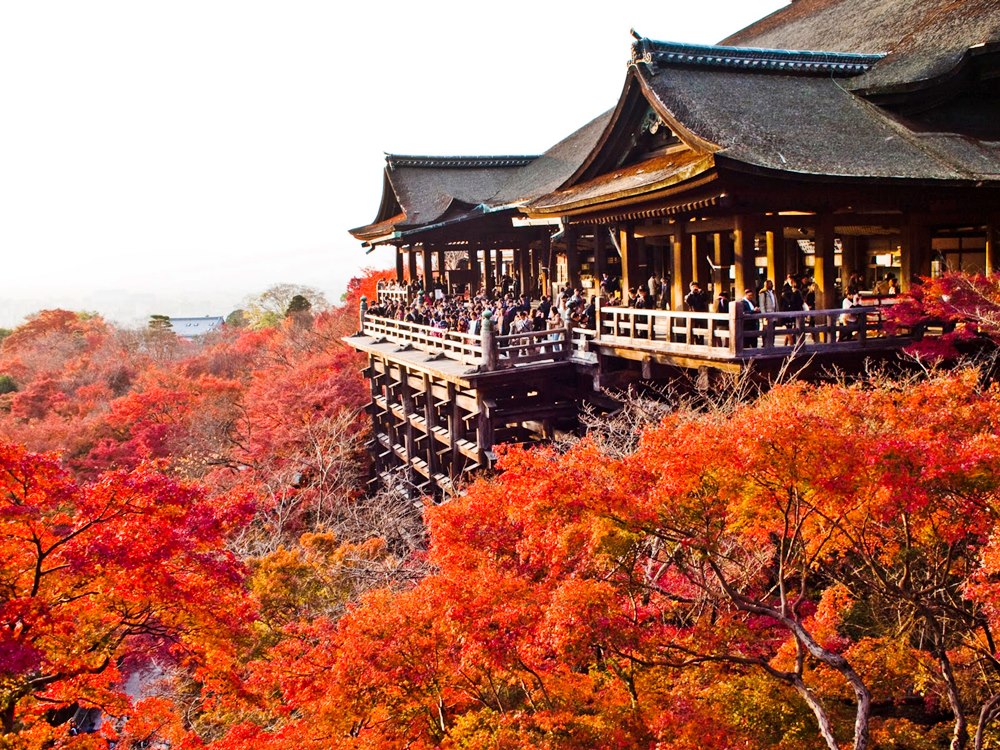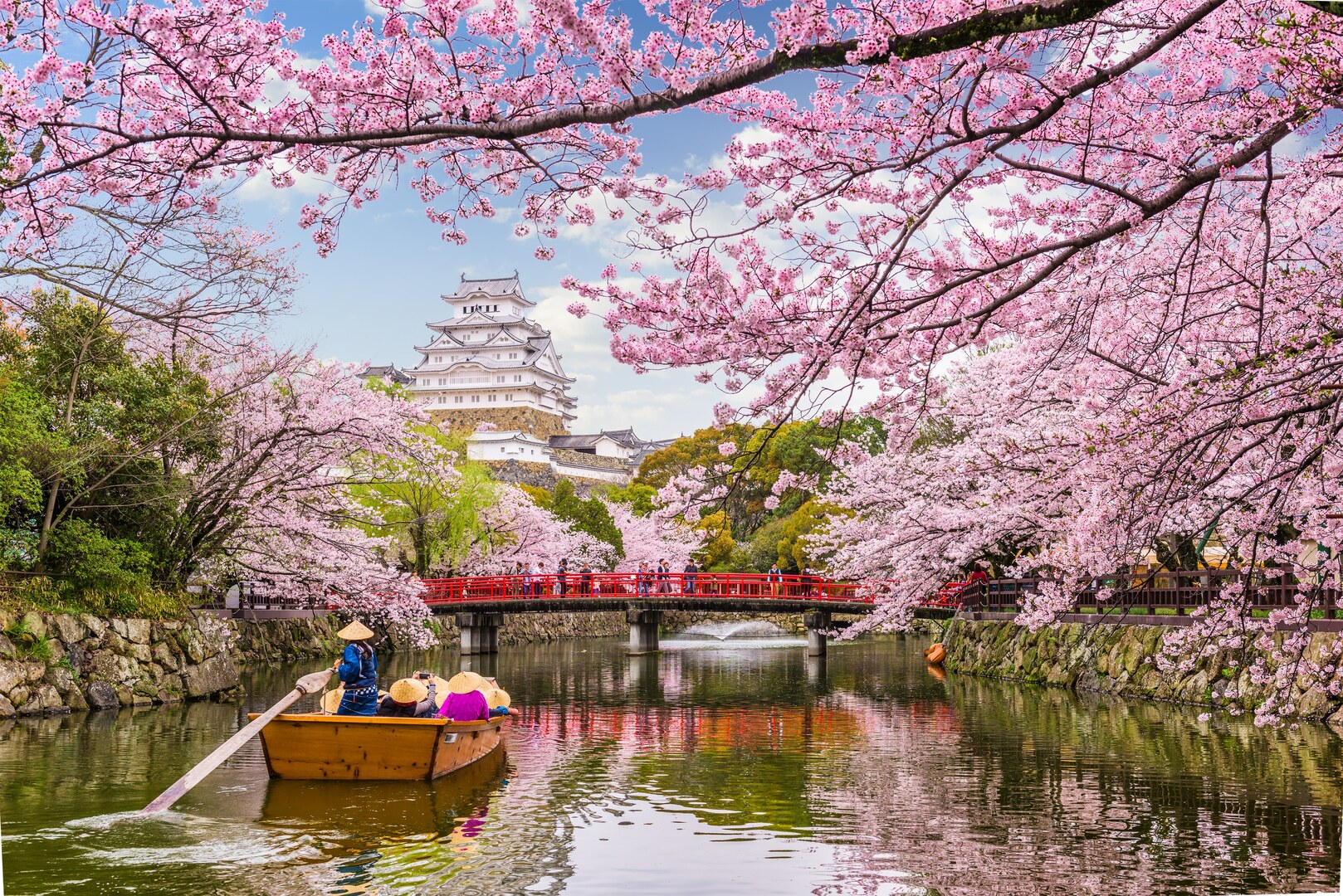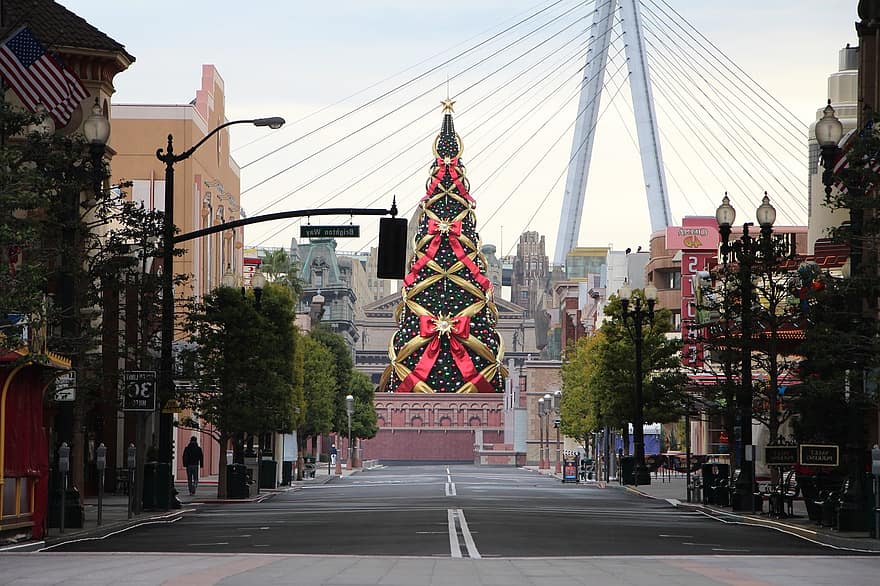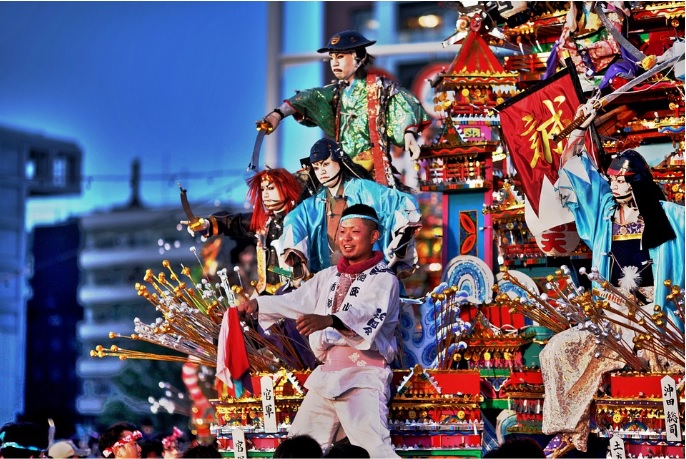
Whenever we hear the word “Japan” besides anime and games, the first thing that will probably come to our minds will be a Japanese shrine or temple. Many foreigners might think that shrines and temples are one and the same when in fact, they have quite a lot of differences.
Think of it as this way, Shrine is to Shintoism and Temple is to Buddhism. Both religions are the primary ones practiced in Japan. Shintoism believe in deities called kami and a shrine is commonly devoted to one or more kami. Buddhism, from the name itself, worships the god Buddha. A large statue of Buddha made out of gold often stands in the middle of a temple in Japan. Buddhism came from China and was eventually brought to Japan.
When you enter a Japanese Shrine, you are often welcomed by a Torii gate with a pair of statues of dogs or lions on both sides who act as guardians to the shrine. For a Japanese Temple, you enter through a pagoda before getting to the main hall. More often than not, there is also a large bell which you need to ring before entering a temple.
The architecture of the structures can also help identify whether it is a temple or a shrine. Buddhist temples are more simple and serene while a Shinto shrine may be grander or more elegant.
Japanese temples also have a “-ji” or “-dera” suffix after the name of the temple. Shrines, on the other hand, have “-jinja” or “-jingu” as the suffix of the shrine name.
Now that you know the main difference between a shrine and a temple, you’re ready to visit one!





